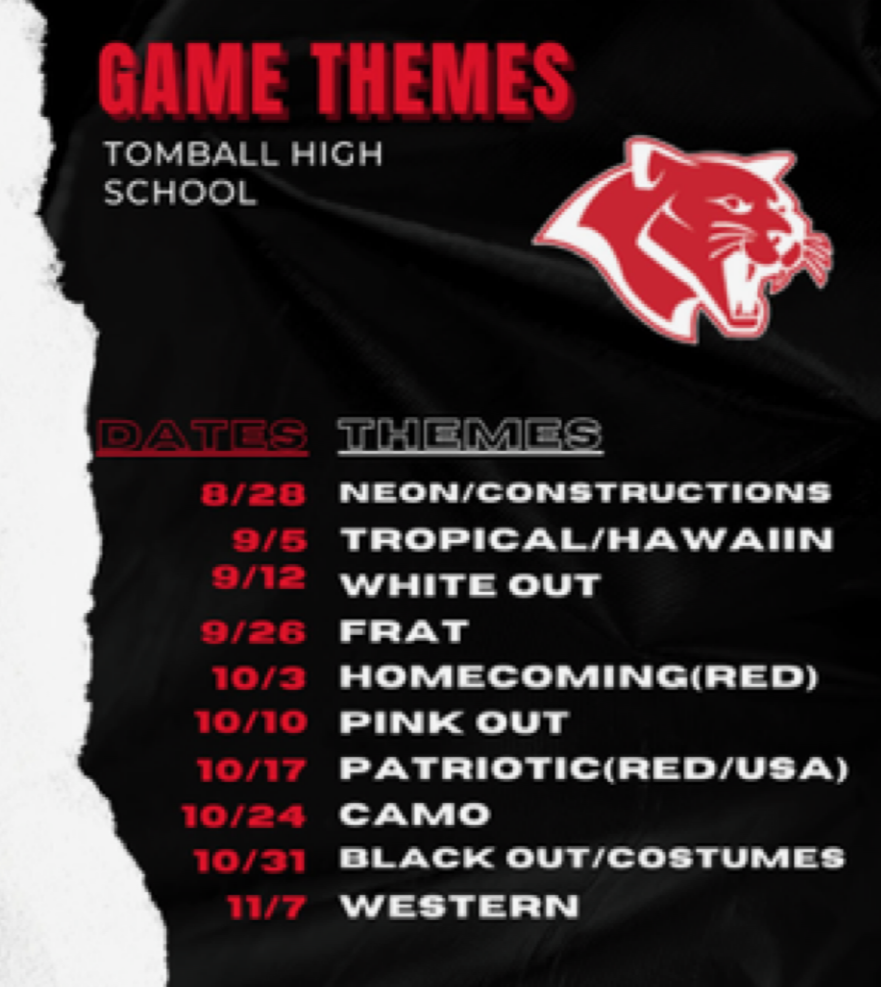
The waters continue to churn in the Gulf of Mexico, meaning a hurricane can still threaten the Gulf Coast. During this especially hot hurricane season, people remember the tremendous impact of Hurricane Harvey which struck Houston six years ago.
Hurricane Harvey was a category four hurricane with fast winds and incredibly high flooding. These two factors combined resulted in the destruction of approximately 135,000 houses and almost almost a million cars, sources say.
The number of destroyed buildings displaced many people, leaving thousands without homes or with intense damage that required expensive repairs. Around $125 billion was accumulated from the damages caused by the storm.
To prepare for another potential storm, here are recommendations officials say all Gulf Coast residents should do:
- Keep a stock of shelf-stable foods and bottled water. This way if roads flood and getting to a grocery store is not possible, a supply of food is readily available.
- Keeping track of current weather conditions is also key to being prepared if a storm were to form. Staying informed can allow for time to make preparations such as gathering food, and water, or evacuating if necessary.
- Designate a room to stay in case of dangerously fast winds or debris that may be harmful to infrastructure. This room should be small and without windows to reduce the risk of injury from broken glass.
Hurricane season can last until November so keeping updated about safety procedures and possible dangers that come along with it is crucial to prevent disaster if a hurricane were to strike Texas.









